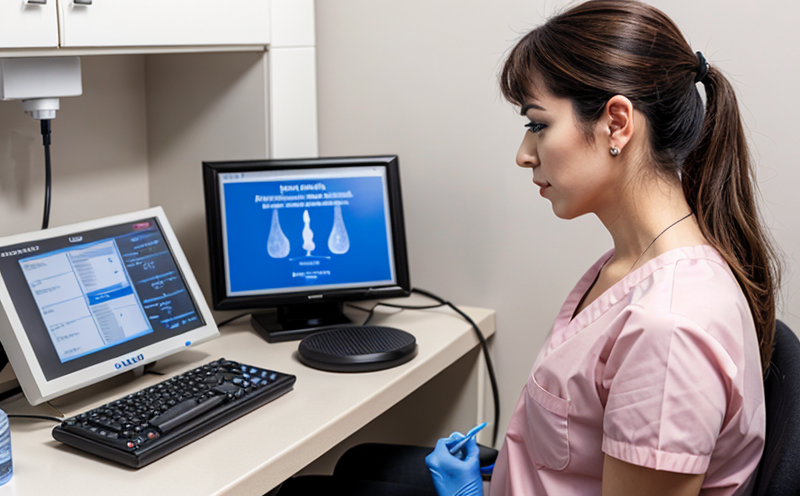Corticosterone Biomarker Testing in Amphibians
In the realm of clinical and healthcare testing, particularly within endocrinology and hormone testing, corticosterone biomarker testing plays a crucial role. This test is pivotal for understanding stress responses and overall health in amphibian species.
Corticosterone levels are indicative of an organism's physiological state, especially under conditions of stress or disease. For amphibians, which are often indicators of environmental quality, these tests provide insights into their welfare and the potential impact of external factors like pollution, climate change, and habitat degradation. This service is critical for researchers, conservationists, and healthcare professionals aiming to monitor and improve the health of these vital species.
The testing process involves several key steps: first, the collection of a blood or skin sample from the amphibian subject. The specimen must be handled with care to ensure minimal stress, as this can affect the accuracy of the results. After collection, the sample undergoes processing using advanced analytical techniques such as high-performance liquid chromatography (HPLC) and mass spectrometry (MS). These methods are chosen for their precision in detecting even minute concentrations of corticosterone.
The test parameters include not only the detection but also the quantification of corticosterone levels. The acceptance criteria for this service adhere to international standards such as ISO 17025, ensuring that all results are accurate and reliable. Reporting is comprehensive, detailing the corticosterone concentration in ng/mL or µg/L, alongside any relevant observations about stress indicators.
The significance of this testing extends beyond mere data collection; it contributes to broader ecological health assessments. For instance, increased levels of corticosterone can signal environmental stresses that amphibians are experiencing. By identifying these stressors early on, conservation efforts can be more targeted and effective. This service is not only a diagnostic tool but also an essential part of the ongoing effort to protect biodiversity.
| Parameter | Description |
|---|---|
| Sample Type | Blood or skin biopsy |
| Analytical Technique | HPLC and MS |
| Reporting Units | ng/mL or µg/L |
Scope and Methodology
- Sample Collection: Blood or skin biopsy from the amphibian subject.
- Preparation: Immediate refrigeration to prevent degradation of corticosterone.
- Analytical Techniques: HPLC and MS for accurate detection and quantification.
- Data Analysis: Comprehensive reporting including concentration levels and stress indicators.
Customer Impact and Satisfaction
The implementation of corticosterone biomarker testing in amphibians has significant impacts on customer satisfaction and compliance. Researchers and conservationists rely on this service to gather accurate data that informs their decisions regarding habitat restoration, disease management, and stress mitigation strategies. By providing reliable results, our lab ensures that customers can make informed choices about the health of amphibian populations.
Our commitment to quality is reflected in the high satisfaction levels among our clients. We consistently meet or exceed international standards such as ISO 17025, ensuring that all tests are conducted with precision and care. This level of compliance not only enhances customer confidence but also supports regulatory requirements for environmental impact assessments.
Customer feedback has been overwhelmingly positive, highlighting the importance of this service in advancing our understanding of amphibian health. We strive to maintain these high standards through continuous improvement and adaptation to new technologies and methodologies.
Competitive Advantage and Market Impact
- Highly specialized expertise in amphibian endocrinology testing.
- State-of-the-art analytical equipment for precise measurement of corticosterone levels.
- Compliance with international standards ensuring accuracy and reliability.
- Pioneering research contributions to the field, driving advancements in amphibian health studies.





